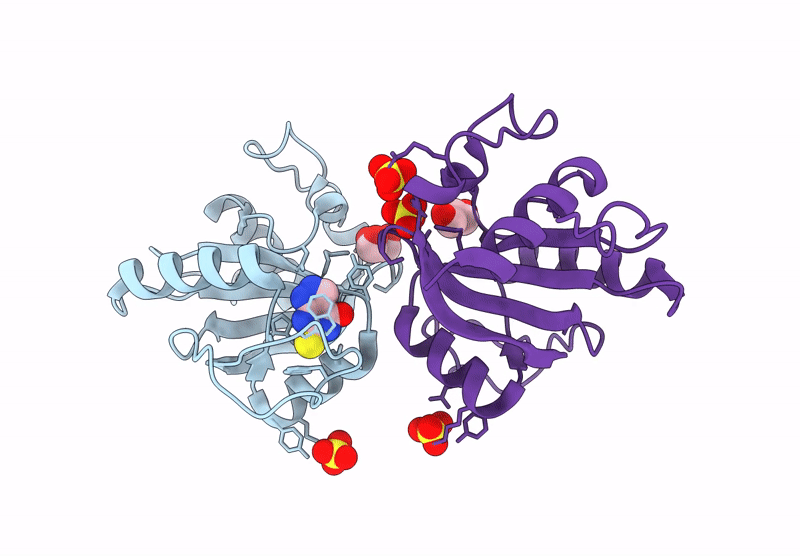
Deposition Date
2025-03-11
Release Date
2025-07-09
Last Version Date
2025-09-10
Entry Detail
PDB ID:
9QFL
Keywords:
Title:
Crystal structure of YTHDF2 in complex with compound 15 (AI-DF2-68)
Biological Source:
Source Organism:
Homo sapiens (Taxon ID: 9606)
Host Organism:
Method Details:
Experimental Method:
Resolution:
1.70 Å
R-Value Free:
0.22
R-Value Work:
0.20
R-Value Observed:
0.20
Space Group:
P 65


